Recalling the spirit of the Easter Rising
A new book gives the 1916 Dublin revolt its due.
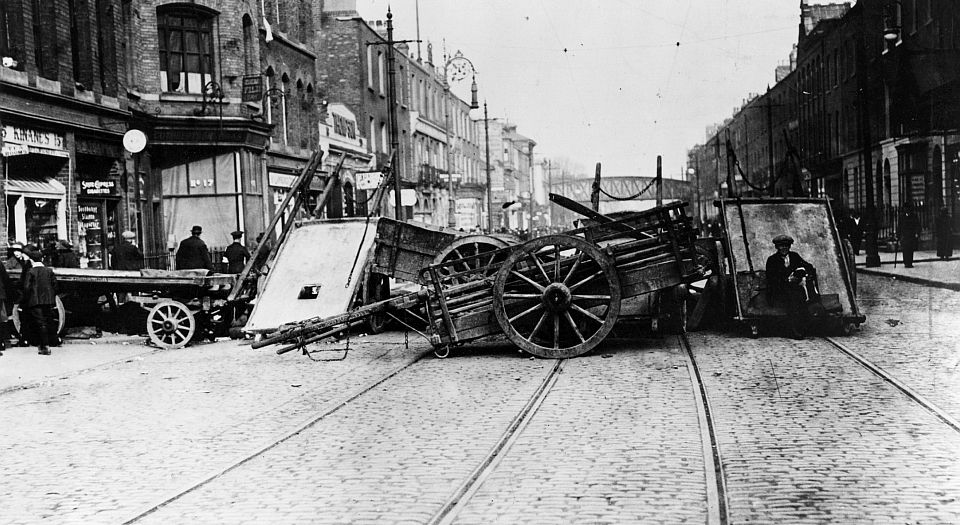
Want unlimited, ad-free access? Become a spiked supporter.
On the table as I write lies a dirty orange canvas-covered copy of a 1937 Left Book Club edition of The Irish Republic by Dorothy Macardle, which I inherited from my grandfather. The battered spine is very familiar from my childhood, when it had a prominent place on the shelf of an old bookcase in our family ‘front room’, along with a small collection of historical, literary and devotional works. Though he left school at the age of 12, my grandfather had clearly pored over Macardle’s 1,000 pages and the book bears his unmistakable pencil-marked page references and underlinings.
Subtitled ‘a documentary chronicle of the Anglo-Irish conflict and the partitioning of Ireland, with a detailed account of the period 1916-1923’, The Irish Republic presents, according to the author’s foreword, ‘an account of the Irish Republican struggle from the view-point of an Irish Republican’. A full-page photograph of Eamon de Valera, veteran of the 1916 Easter Rising and subsequently president of the Irish Republic, faces the frontispiece, and he commends Macardle’s account in a preface (though, given that the book could fairly be described as a hagiography, ‘the Long Fellow’ has the cheek to insist that the author’s ‘interpretations and conclusions’ are ‘in many cases… not in accord with my views’).
Though Macardle’s work is not referenced in James Heartfield and Kevin Rooney’s Who’s Afraid of the Easter Rising? 1916-2016, a penetrating reflection on the controversies surrounding the Dublin revolt of 1916 as its centenary year approaches, it has some claim to be the defining text in what came to be seen as the mainstream nationalist tradition against which subsequent generations of historians have turned their critical, and often polemical, energies. In fact, that tradition was neither as strong nor as mainstream as has often been supposed. Indeed, The Irish Republic was one of few accounts of the earlier period that expressed any sympathy for the republican project. Furthermore, later historians of that tradition tended to be, like Macardle, of the non-academic ‘practising history without a licence’ sort. Overall, it cannot be said that any authoritative historical orthodoxy about 1916 ever developed.
As Heartfield and Rooney persuasively argue, though a number of non-academic historians (C Desmond Greaves, TA Jackson, Peter Berresford Ellis) have endorsed the republican cause, a nationalist historiography has never achieved academic respectability in Ireland (still less in Britain). Though historians, such as Owen Dudley Edwards and Roy Foster, Owen Morgan and Paul Bew, may have been hailed as iconoclastic and innovative in relation to what they regard as a republican orthodoxy, in reality ‘anti-national history is the mainstream’. Hence Heartfield and Rooney rightly insist that ‘historical revisionism is not a very useful term’, noting in passing that nationalist critics such as Desmond Fennell and Seamus Deane ‘pay too high a price’ when they accept the ‘anti-revisionist label’.
The cliché that the Irish are perversely preoccupied by the burden of ‘too much history’ pervades contemporary commentary on the 1916 anniversary. Indeed, as Heartfield and Rooney recall, the same criticism was made of de Valera by British negotiators in the 1930s and of Irish Taoiseach Charles Haughey by Margaret Thatcher in the 1980s (the latest volume of Charles Moore’s biography of Thatcher reveals that even British civil servants were shocked at their prime minister’s ignorance of Irish history). The celebration of anniversaries is widely blamed for fanning the flames of new insurgencies, from the commemoration of the centenary of 1798 United Irishman Revolt in the decade before the Easter Rising, through successive commemorations of 1916, most notably the 50th anniversary events that were followed (though some three years later), by the eruption of the Troubles in Northern Ireland. But, as Heartfield and Rooney comment, although ‘historical observance is… important to all kinds of movements’, such events do not in themselves have a ‘motivating power’.
‘Did that play of mine send out / Certain men the English shot?’, was the famous rhetorical question posed by WB Yeats in 1937, shortly before his death, reflecting on the influence on the ‘revolutionary generation’ of 1916 of Cathleen Ni Houlihan, his 1902 play (written jointly with Lady Gregory) in which ‘Mother Ireland’ incites rebellion and martyrdom. Northern poet Paul Muldoon later offered a pithy rejoinder: ‘The answer is “Certainly not”. / If Yeats had saved his pencil-lead / would certain men have stayed in bed?’ Heartfield and Rooney agree, insisting that nationalist revolts in Ireland have been provoked by current experiences, not historical memories and literary inspiration. In recent decades in Northern Ireland, ‘crowds were not really driven by ghosts of Pearse and Connolly, but by discrimination in work, housing, policing and government’.
One of the recurrent themes in the mainstream repudiation of the legacy of the Easter Rising is that it legitimised a cult of violence in Irish political life. This is most potently symbolised in the invocation by Padraic Pearse, one of the rising’s leading propagandists, of the necessity for a ‘blood sacrifice’ in the cause of founding a new nation. But, as Who’s Afraid…? documents, the notion of ‘blood sacrifice’ in the cause of national redemption was not, in the early twentieth century, peculiar to Irish revolutionaries. It was a tragically universal response to the existential moral and political crisis that culminated in the carnage of the First World War – the crucial, though often neglected, context within which the Easter Rising took place. Furthermore, the conviction that ‘blood sacrifice’ is a prerequisite for the foundation of nations is not confined to Ireland: ironically, nowhere is it more deeply established than in Britain, where the celebration of past military glories, from Agincourt through Trafalgar to the D Day landings and the Battle of Britain, permeates the national culture.
Critics of the leaders of the Easter Rising deny the democratic legitimacy of their actions, pointing to the popularity of the moderate nationalists led by John Redmond, who hoped to trade some form of devolved home rule in return for their support for Britain in the First World War (in which, it is worth recalling, vastly more Irish people perished than in the entire course of conflicts in Ireland from 1916 through to 1923). It was Andrew Bonar Law, the leader of the Conservative Party, who in 1912 supported mass paramilitary loyalist resistance to a Home Rule Bill passed by the British parliament, declaring that ‘there are things stronger than parliamentary majorities’. The immediate suspension of plans for home rule – and the imposition of draconian censorship and other repressive measures – at the start of the First World War confirmed the subordination of Irish national aspirations to the imperatives of British imperialism. The exigencies of war gave Irish republicans little alternative but to revolt – and the popular response, confirmed at elections in Ireland in 1918, and in the wider impact throughout the British Empire and beyond (the subject of a fascinating chapter in Who’s Afraid…?), confirmed the legitimacy of their actions.
In a recent debate with Heartfield and Rooney in London, Belfast historian Paul Bew, formerly associated with the political wing of the ‘Official’ IRA, latterly adviser to the Unionist Party and recently ennobled as a cross-bench peer, argued that, rather than being fearful of the impending centenary of 1916, leading Irish politicians on both sides of the border regarded it more in the spirit of an appointment with the dentist rather than as a date with historical destiny. It is true, as Heartfield and Rooney point out, that controversies surrounding past anniversaries of the Easter Rising have exposed the bad faith of the Dublin establishment, which claims the legitimacy of the nationalist tradition while accepting the subordinate relationship with Britain that was consolidated with the partition of Ireland in the 1920s and persists up to the present. For Bew, the ‘success’ of the Easter Rising – reflected in the role of some of its protagonists, personified by de Valera, in subsequent Free State governments – resulted in decades of stagnation, poverty and emigration (the consequences were worst of all for Northern Catholics). But it is more appropriate to regard these developments as a result of the failure of the rising, reflecting the weakness of both middle-class and working-class support for the challenge to British imperialism. The result was ‘a carnival of reaction’, as the rising’s distinguished socialist leader James Connolly had anticipated if partition was enforced.
The centenary of the Easter Rising seems unlikely to cause too much embarrassment to a Dublin government that has won plaudits from the European Troika for its success in imposing a harsh programme of austerity following its bailout of the banks in 2010. Indeed, it has engaged in ‘gestures of national self-abasement that would turn the strongest stomach’ – though Taoiseach Enda Kenny provoked some queasiness at home when he allowed French premier Nicolas Sarkozy ‘to pat him literally as well as figuratively on the head’ (1).
There is some irony in the fact that the political movement in Ireland most reliant on the appeal to republican tradition, Sinn Fein, may have most to fear from popular reflections on the legacy of 1916. Sinn Fein has boycotted the insipid official commemorations in favour of a more traditional celebration fronted, according to principles more honoured by the British aristocracy than Irish republicans, by familial descendants of some of the signatories of the 1916 proclamation. In the north, Sinn Fein is deeply implicated in the therapeutic politics of the peace process, with the effect of reinforcing sectarian animosities, and the squalid pork-barrel politics of the Northern Ireland Assembly. In the south, where Sinn Fein hopes (like the SNP in Scotland and UKIP in England) to be the beneficiary of the collapse of the mainstream parties, it risks being outflanked by campaigners against austerity policies (and water rates), which resulted in a recent by-election defeat in Dublin. At a time when the nationalist tradition appears exhausted and its contemporary organisations are devoid of any progressive impulse, the memory of 1916 seems unlikely to provide fresh inspiration.
There are historical moments, episodes of national and social crisis, in which individuals are presented with moral and political choices that have lasting consequences, for themselves and for the societies in which they live. The peculiarity of the period under discussion – and hence its exceptional historical interest – is that in Ireland there were several such moments: the outbreak of the First World War in August 1914, Easter 1916, and the signing of the Anglo-Irish Treaty that led to partition in December 1921. Each of these events demanded hard choices, split movements and divided friends and families, with consequences that have echoed down the generations. Defying contemporary fashions of ‘non-judgementalism and relativism’, Heartfield and Rooney take a clear stand on the key questions of 1914 and 1916. For them, Irishmen who fought for the British Empire in the First World War fought for the ‘wrong country’ and died for the ‘wrong cause’; by contrast, republicans who fought in the Easter Rising for self-determination against the British Empire fought for the ‘right country’ in the ‘right cause’. They reject the contemporary notion that the sufferings of all victims of war should be equally commemorated as depriving the life-changing decisions people made of dignity and meaning.
In December 1921, my grandfather read about the signing of the Anglo-Irish Treaty when the newspaper arrived by train from Dublin in his remote western village. His response to the news, as my father recalled, was to blurt out: ‘They have sold us out again.’ He had witnessed, a few months earlier, the burning of houses in his village in a Black and Tan retaliation for the IRA assassination of a district inspector. Known for his republican sympathies, he felt obliged to emigrate with his young family to Britain and never returned. Though he retained a life-long loyalty to de Valera (despite the anti-treaty leader’s later accommodations to the realities of British rule in Ireland), I think he would have enjoyed Who’s Afraid of the Easter Rising?.
Michael Fitzpatrick is the author of MMR and Autism: What Parents Need to Know (buy this book from Amazon(UK)) and Defeating Autism: A Damaging Delusion (buy this book from Amazon(UK)).
Who’s Afraid of the Easter Rising? 1916-2016, by James Heartfield and Kevin Rooney, is published by Zero Books. (Order this book from Amazon(UK))
(1) ‘Water wars in Ireland’, by Daniel Finn, New Left Review, September-October 2015
You’ve read 3 free articles this month.
Support spiked and get unlimited access.
Support spiked – £1 a month for 3 months
spiked is funded by readers like you. Only 0.1% of regular readers currently support us. If just 1% did, we could grow our team and step up the fight for free speech and democracy.
Become a spiked supporter and enjoy unlimited, ad-free access, bonus content and exclusive events – while helping to keep independent journalism alive.
———————————————————————————————————————————–
Exclusive January offer: join today for £1 a month for 3 months. Then £5 a month, cancel anytime.
———————————————————————————————————————————–
Monthly support makes the biggest difference. Thank you.

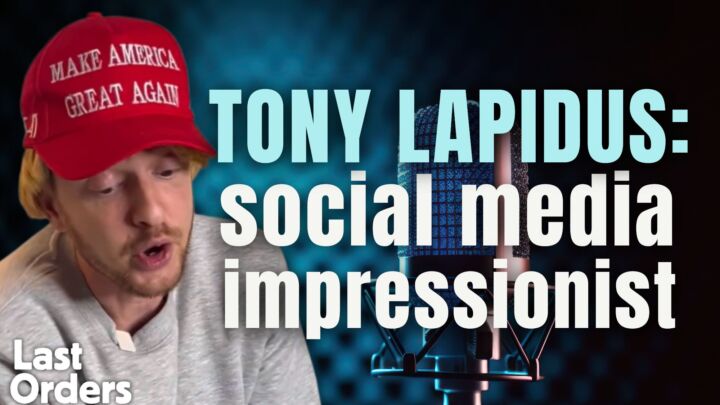




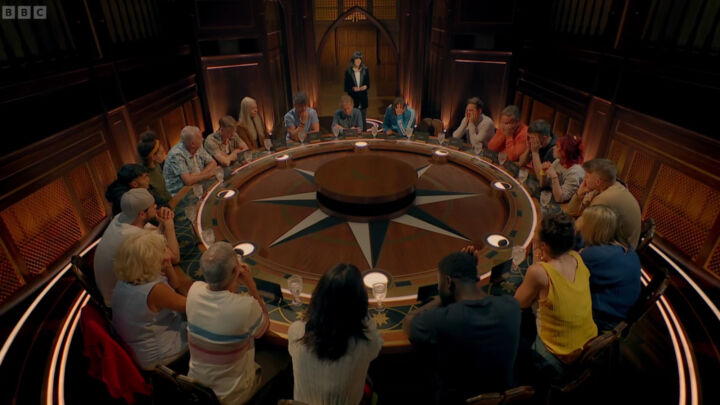
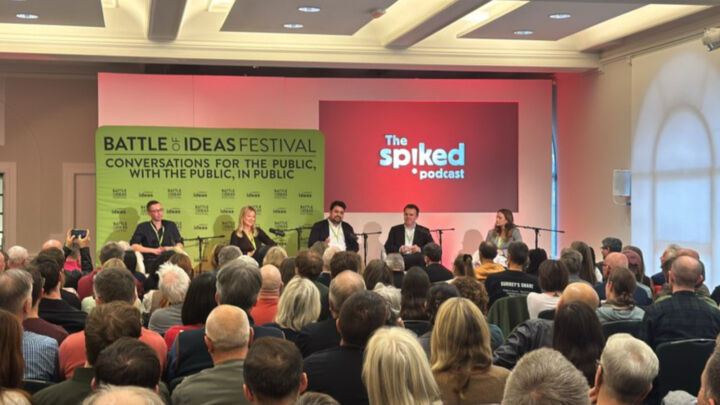
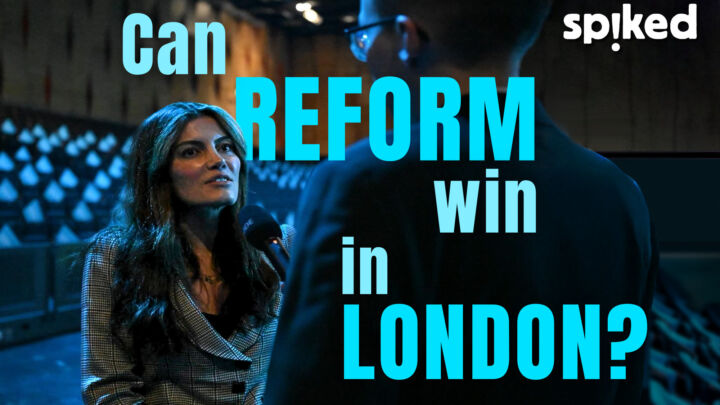

Comments
Want to join the conversation?
Only spiked supporters and patrons, who donate regularly to us, can comment on our articles.